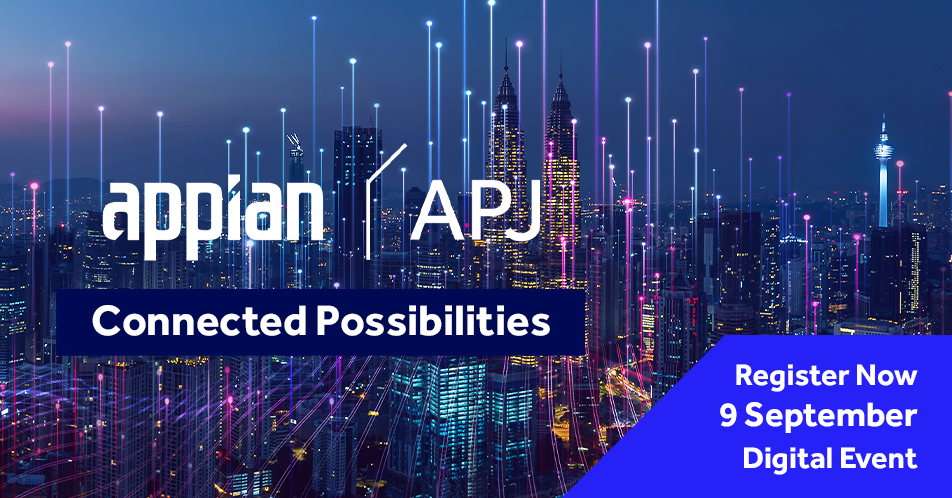
Low-code automation rides high as a competitive advantage

Automation is rising as a competitive advantage in the financial services industry. A recent global survey by Longitude, commissioned by low-code workflow platform Appian, found that 63% of financial services organisations in the Australia-Pacific-Japan (APJ) region reported gaining significant competitive advantage through their investments in automation. Going low-code makes adoption more manageable and faster.
The latest offering from Australian fintech company Hay is built using Appian’s Low-Code Automation Platform. The Hay-as-a-service (HaaS) provides fast, secure, and customisable financial microservices modules for financial and non-financial businesses. The modules include accounts and core banking, payment processing and management: data analytics and insights, digital wallet services and onboarding new customers.
Nano Home Loans, a mobile-first non-bank lender, has already seen how the HaaS full suite of transaction services have made a significant impact on its timeline to launch in Australia last July.
“HaaS removes the complexity of the payments ecosystem and replaces it with a one-stop seamless solution,” said Andrew Walker, CEO and co-founder at Nano Home Loans. “It’s so fast and flexible that it allowed us to remove upwards of six months of build and integration from our timeline.”

Fast and flexible are why the Appian Low-Code Automation Platform is commonly found running in some of the world’s most prominent financial institutions – and a few disruptors, too. Some of these clients will be sharing their experiences and expertise at the upcoming Appian APJ digital event on 9 September (register here for the virtual event).
The first session, moderated by a partner at KPMG, features speakers from ANZ Bank, Bendigo Bank and Union Bank of the Philippines discussing their experiences and outlooks on leveraging automation as a competitive advantage in financial services.
Ahead of the event next month, we spoke to Luke Thomas, Regional VP for the Asia-Pacific about what makes Appian different from its competitors.
“Appian plays very nicely with existing investments in existing systems. And we see this as a point of differentiation for us in the marketplace because what we do is sit above those systems and connect in, to expose [them] as a single user interface, or a digital overlay across those systems, and then repopulate those systems too,” Luke said.
The big financial players represent some of the significant legacy system users, which is often portrayed as a hindrance compared to new generations of disruptive fintech who have the advantage of building on greenfield sites.
“Banks and financial services, they’ve got the complexity, they’ve got the spaghetti, that really does limit their agility,” Luke explained, adding that Appian’s platform enables them to “build applications on top and complement those existing systems of record, and therefore be able to adapt to changing business requirements without having to go into those core fundamental systems necessarily.”
Reusability of components also goes into the Appian approach, allowing future projects to build up using the components and slashing the need to start from scratch all the time.

“The way the [Appian] platform has been architected is such that it creates a high degree of reuse. And so, what that means for organisations is that for their first project, they get the benefit of that low-code capability, but [they’re] developing in weeks versus months. They start to build up a catalogue of reusable components.”
Perhaps the most convincing aspect to the outcomes from low-code application development using Appian is the ability it gives its clients to discover and use new options – across new markets, new products, or ones that are significantly different from their competitors. For example, the Queensland Government collaborated with Procensol to roll out the world’s first intelligent automation for environmental rehabilitation and financial assurance. They will talk about the lessons learned and benefits derived from the project during an online session at the Appian APJ event.
Many Appian clients are happy to share their journey. Luke recalled: “When I started at Appian, two years ago, the first customer I caught up with couldn’t speak highly enough about their experience with [us]. And I’ve got to say that’s been my experience across our customer base. Our customers get outcomes, and therefore they talk about them. One of our customers recently IPO-ed, and part of their IPO was specifically around the IP they’ve developed around Appian. It’s a differentiator in the market that they’re competing within.”
On 9 September, you too can be part of Appian APJ, which lines up dozens of rich knowledge-sharing sessions with representatives across industries at the leading edge of innovation. Some of these include Appian partners Accenture and Deloitte Robotics; and clients Horizon Power, Vuram and UK’s NHS. Experts from Appian will also provide the latest product updates and solutions during the virtual event.
To find out more about the event, click here, and you can register right here.
READ MORE
- 3 Steps to Successfully Automate Copilot for Microsoft 365 Implementation
- Trustworthy AI – the Promise of Enterprise-Friendly Generative Machine Learning with Dell and NVIDIA
- Strategies for Democratizing GenAI
- The criticality of endpoint management in cybersecurity and operations
- Ethical AI: The renewed importance of safeguarding data and customer privacy in Generative AI applications

